Genetic testing of IVF embryos can help women over 35 conceive faster
Powered by WPeMatico
Powered by WPeMatico
Powered by WPeMatico
Powered by WPeMatico
Powered by WPeMatico
Powered by WPeMatico
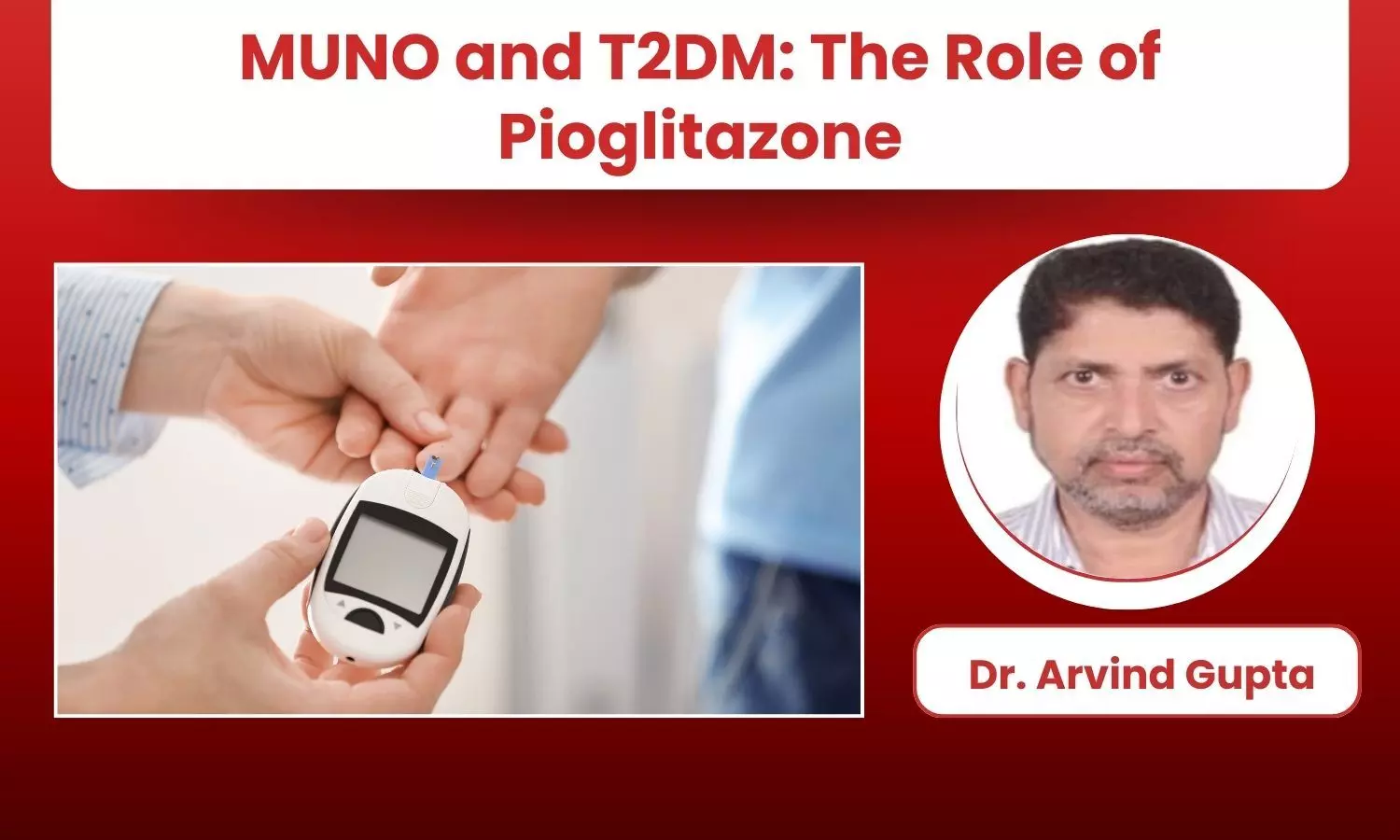
MUNO Indian Phenotype: A Silent High-Risk Candidate
The Metabolically Unhealthy Non-Obese (MUNO) phenotype is a silent but high-risk profile, especially common among South Asians. Despite a normal BMI, these individuals have markedly higher visceral and liver fat, increased carotid intima-media thickness (CIMT), and reduced insulin sensitivity and secretion, which significantly elevates the risk of T2D and CVD. (1) An Indian study (n= 2,560) found that 97.1% of normal-BMI adults were metabolically unhealthy, highlighting the urgency of early identification and addressing the clinical needs of MUNO. (2)
Pioglitazone: Addressing the Pathophysiological Needs Associated with MUNO
Pioglitazone enhances insulin sensitivity by activating PPAR-γ and AMPK pathways, thereby promoting peripheral glucose uptake, improving hepatic insulin action, and reducing endogenous glucose production. It also improves adipose tissue function, lowers triglycerides, raises HDL, and shifts fat from visceral to subcutaneous depots—mechanistically aligning with the core metabolic defects seen in the MUNO phenotype.(3,4)
Clinical Evidence with Pioglitazone: Glycemic and Beyond-Glycemic Benefits
Effect on HbA1c, Lipid & Insulin Function: A 23-week, multicenter, double-blind RCT enrolled 197 patients with T2DM (HbA1c ≥8%, FPG >140 mg/dL, C-peptide >1 ng/mL) to assess the efficacy and safety of pioglitazone vs. placebo. Pioglitazone significantly reduced HbA1c (−1.37%, p=0.0001), FPG (−57.5 mg/dL), HOMA-IR (−12.4%), and triglycerides (−16.6%), while increasing HDL-C (+12.6%) and β-cell function [+47.7%]. (5)
Effect on Progression of NAFLD: In an 18-month randomized, double-blind, placebo-controlled trial (n=101) with biopsy-proven NASH and prediabetes or T2DM, pioglitazone reduced the NAFLD activity score—defined as a ≥2-point reduction in at least two histologic categories without worsening of fibrosis (primary endpoint)—in 58% of patients (p<0.001) and achieved NASH resolution in 51% of the cases. It also improved fibrosis score (−0.5) and reduced hepatic fat by ~63% (absolute −12%). Benefits persisted through 36 months. (6)
Effect on Cardiovascular Risk: In the IRIS trial, 3,876 patients without diabetes but with insulin resistance and a recent ischemic stroke or TIA were randomized to receive pioglitazone or placebo over a median of 4.8 years. Pioglitazone reduced the risk of stroke or myocardial infarction by 24% (HR 0.76, p=0.007). It also achieved a 52% relative risk reduction in new-onset diabetes [HR 0.48, p<0.001]. (7)
Safety of Pioglitazone
The above studies, which demonstrated the clinical benefits of pioglitazone, also provide important insights into its safety profile. While higher rates of weight gain, edema, and fractures were observed compared to placebo, the absolute risk remained low, and no significant increase in heart failure or cancer risk was reported.Long-term use revealed no new safety signals or major drug-related adverse events, supporting its acceptable safety profile in appropriately selected patients. (5,6,7)
Dosing considerations: For adults and elderly patients, initiate treatment at 15-30 mg orally once daily, with possible 15 mg incremental increases based on therapeutic response, not exceeding a maximum daily dose of 45 mg.
Contraindications: Pioglitazone is contraindicated in patients with hypersensitivity to the drug, diabetic ketoacidosis, heart failure (NYHA Class III-IV in the US, any class in Canada), fluid overload, active or previous bladder cancer, high fracture risk, active liver disease with elevated transaminases, and pregnancy. It should not be initiated in patients with hypoglycemia requiring frequent monitoring, and is considered potentially inappropriate for elderly patients with heart or kidney failure.(8) Its cardiovascular benefits must be balanced against fracture risk, especially in postmenopausal women. (9) Mild anemia may occur due to hemodilution (10), and fluid retention may worsen or exacerbate existing or developing heart failure. (11)
Case-Based Scenarios: When to Consider?
A 41-year-old man with a normal BMI (22.2 kg/m2) presents with newly diagnosed T2DM. His fasting insulin is elevated at 22 µIU/mL, and HOMA-IR is calculated at 5.9, indicating significant insulin resistance. An abdominal ultrasound shows grade I hepatic steatosis consistent with mild fatty liver. With no hypertension or CVD, his profile reflects early metabolic dysfunction. Pioglitazone may be considered in this case to improve insulin sensitivity and prevent the progression of MASLD.
MASLD & T2DM: Guidelines Spotlight
Key Takeaways
References:
1. Stefan, Norbert et al. “Causes, Characteristics, and Consequences of Metabolically Unhealthy Normal Weight in Humans.” Cell metabolism vol. 26,2 (2017): 292-300. doi:10.1016/j.cmet.2017.07.008
2. Sivanantham, Parthibane et al. “High prevalence of abdominal obesities and metabolically unhealthy individuals in a highly urbanized district of India: findings of a cross-sectional survey in Puducherry.” Family practice vol. 40,2 (2023): 282-289. doi:10.1093/fampra/cmac082
3. Coletta, D K et al. “Pioglitazone stimulates AMP-activated protein kinase signalling and increases the expression of genes involved in adiponectin signalling, mitochondrial function and fat oxidation in human skeletal muscle in vivo: a randomised trial.” Diabetologia vol. 52,4 (2009): 723-32. doi:10.1007/s00125-008-1256-9
4. Sourij H, Wascher TC. Pioglitazone in the management of Type 2 diabetes and beyond. Drugs. 2010;70(8):925–954.
5. Rosenblatt, S et al. “The impact of pioglitazone on glycemic control and atherogenic dyslipidemia in patients with type 2 diabetes mellitus.” Coronary artery disease vol. 12,5 (2001): 413-23. doi:10.1097/00019501-200108000-00011
6. Cusi, Kenneth et al. “Long-Term Pioglitazone Treatment for Patients With Nonalcoholic Steatohepatitis and Prediabetes or Type 2 Diabetes Mellitus: A Randomized Trial.” Annals of internal medicine vol. 165,5 (2016): 305-15. doi:10.7326/M15-1774
7. Kernan, Walter N et al. “Pioglitazone after Ischemic Stroke or Transient Ischemic Attack.” The New England journal of medicine vol. 374,14 (2016): 1321-31. doi:10.1056/NEJMoa1506930
8. Singh G, Can AS, Correa R. Pioglitazone. [Updated 2023 Jul 4]. In: StatPearls [Internet]. Treasure Island (FL): StatPearls Publishing; 2025 Jan-. Available from: https://www.ncbi.nlm.nih.gov/books/NBK544287/
9. Azhari, Hala F, and Jesse Dawson. “Clinical implications of fracture severity risk with pioglitazone: a systematic review and meta-analysis of clinical randomized trials.” Frontiers in pharmacology vol. 16 1357309. 6 Mar. 2025, doi:10.3389/fphar.2025.1357309
10. Antoniadou, Christina et al. “Anemia in diabetes mellitus: Pathogenetic aspects and the value of early erythropoietin therapy.” Metabolism open vol. 25 100344. 4 Jan. 2025, doi:10.1016/j.metop.2024.100344
11. Kavanagh, Kylie et al. “Fluid compartmental shifts with efficacious pioglitazone therapy in overweight monkeys: implications for peroxisome proliferator-activated receptor-gamma agonist use in prediabetes.” Metabolism: clinical and experimental vol. 59,6 (2010): 914-20. doi:10.1016/j.metabol.2010.02.010
12. Zargar, Abdul Hamid et al. “Management of metabolic dysfunction-associated steatotic liver disease (MASLD)-An expert consensus statement from Indian diabetologists’ perspective.” Diabetes, obesity & metabolism vol. 27 Suppl 4,Suppl 4 (2025): 3-20. doi:10.1111/dom.16496
13. Younossi, Zobair M et al. “Global Consensus Recommendations for Metabolic Dysfunction-Associated Steatotic Liver Disease and Steatohepatitis.” Gastroenterology, S0016-5085(25)00632-8. 11 Apr. 2025, doi:10.1053/j.gastro.2025.02.044
14. American Diabetes Association Professional Practice Committee; 9. Pharmacologic Approaches to Glycemic Treatment: Standards of Care in Diabetes—2025. Diabetes Care 1 January 2025; 48 (Supplement_1): S181–S206. https://doi.org/10.2337/dc25-S009
15. Rinella, Mary E et al. “AASLD Practice Guidance on the clinical assessment and management of nonalcoholic fatty liver disease.” Hepatology (Baltimore, Md.) vol. 77,5 (2023): 1797-1835. doi:10.1097/HEP.0000000000000323
16. Samson, Susan L et al. “American Association of Clinical Endocrinology Consensus Statement: Comprehensive Type 2 Diabetes Management Algorithm – 2023 Update.” Endocrine practice : official journal of the American College of Endocrinology and the American Association of Clinical Endocrinologists vol. 29,5 (2023): 305-340. doi:10.1016/j.eprac.2023.02.001
17. RSSDI (2022). RSSDI Clinical Practice Recommendations 2022: Summary Document for Training. Research Society for the Study of Diabetes in India (RSSDI).
Abbreviations: MUNO: Metabolically Unhealthy Non-Obese, T2DM: Type 2 Diabetes Mellitus, CVD: Cardiovascular Disease, PPAR-γ: Peroxisome Proliferator-Activated Receptor Gamma, AMPK: AMP-Activated Protein Kinase, HbA1c: Hemoglobin A1c, FPG: Fasting Plasma Glucose, HOMA-IR: Homeostasis Model Assessment of Insulin Resistance, HDL-C: High-Density Lipoprotein Cholesterol, NAFLD: Non-Alcoholic Fatty Liver Disease, NASH: Non-Alcoholic Steatohepatitis, MASLD: Metabolic Dysfunction-Associated Steatotic Liver Disease, MACCE: Major Adverse Cardiovascular and Cerebrovascular Events, CKD: Chronic Kidney Disease, ESRD: End-Stage Renal Disease, TIA: Transient Ischemic Attack, RCT: Randomized Controlled Trial, ADA: American Diabetes Association, AASLD: American Association for the Study of Liver Diseases, AACE: American Association of Clinical Endocrinology, RSSDI: Research Society for the Study of Diabetes in India
Powered by WPeMatico
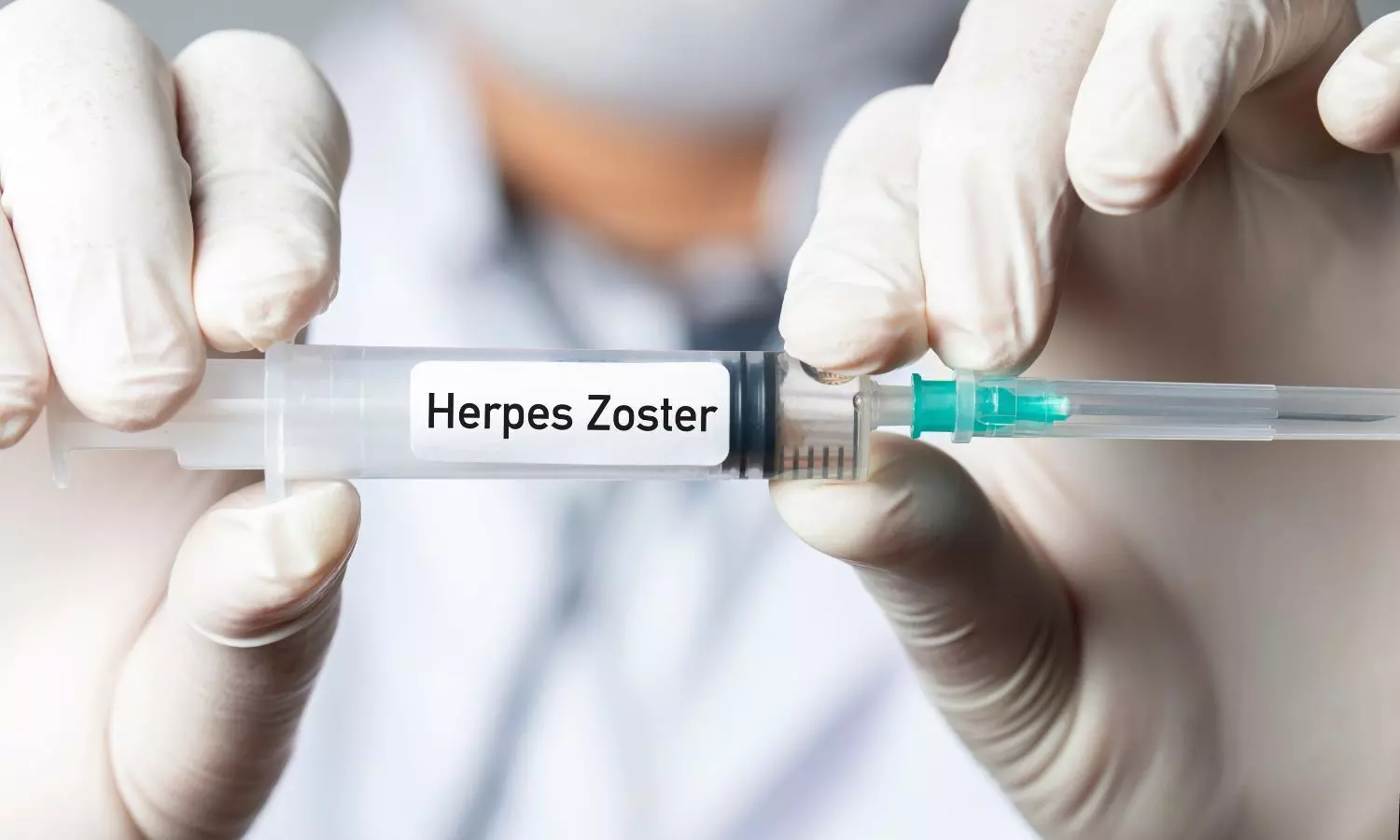
A new study published in the journal of Clinical Infectious Diseases showed that in addition to reducing the incidence of herpes zoster ophthalmicus (HZO) by 72.9%, the recombinant herpes zoster vaccine (Shingrix) was associated with a decreased risk of hospitalization for acute myocardial infarction (MI) and stroke in patients 50 years of age and older.
A prevalent illness in older persons, herpes zoster (HZ) is brought on by the reactivation of the latent varicella zoster virus and can result in serious morbidity and a reduced quality of life. Herpes zoster ophthalmicus, one of its most severe forms, can cause long-term eye problems and vision loss. The adjuvanted recombinant zoster vaccine (RZV), which provides strong and long-lasting protection against HZ across age groups, has revolutionized preventative measures.
Thereby, to optimize preventive treatment and guide vaccination programs for older populations at increased risk for cardiovascular and infectious problems, it is imperative to comprehend these protective benefits. This study assessed the relationship between recombinant zoster vaccine and risk for hospitalized stroke, hospitalized acute myocardial infarction (AMI), and hospitalized HZO in adults aged ≥50 years (YoA).
Using sex, age, race/ethnicity, and index date (date of second dose among vaccinated; date of unvaccinated match assigned same date), this research matched adults ≥50 YoA who received 2 doses of RZV 4 weeks–6 months apart between 01 April 2018 and 31 December 2020 1:4 to RZV-unvaccinated individuals.
The follow-up period began on the index date and terminated on December 31, 2022, or upon receiving the zoster vaccination, membership termination, or death, whichever occurred first. ICD-10 codes were used to identify inpatient AMI and stroke, whereas natural language analysis of clinical notes was used to identify HZO.
The median age was 68 years (range: 50, 108), 59.0% of the 102,766 2-dose RZV-vaccinated and 411,064 unvaccinated people were female, and 57.1% were non-Hispanic White.
When comparing RZV-vaccinated and unvaccinated persons, the aHRs (95% CI) for inpatient stroke, hospitalized AMI, and HZO were 0.575 (0.533, 0.619), 0.720 (0.588, 0.881), and 0.271 (95% CI: 0.222, 0.330), respectively. 72.9% (67.0%, 77.8%) was the adjusted RZV efficacy against HZO. Overall, two RZV dosages were linked to a decreased incidence of HZO, AMI, and stroke in persons aged ≥50 years.
Source:
Rayens, E., Sy, L. S., Qian, L., Wu, J., Ackerson, B. K., Luo, Y., Zheng, C., Cheng, Y., Vega Daily, L. I., Song, J., Takhar, H. S., Ku, J. H., Cohen, R. A., Yun, H., Oraichi, D., Seifert, H., & Tseng, H.-F. (2025). Adjuvanted recombinant zoster vaccine is effective against herpes zoster ophthalmicus, and is associated with lower risk of acute myocardial infarction and stroke in adults aged ≥50 years. Clinical Infectious Diseases: An Official Publication of the Infectious Diseases Society of America. https://doi.org/10.1093/cid/ciaf440
Powered by WPeMatico
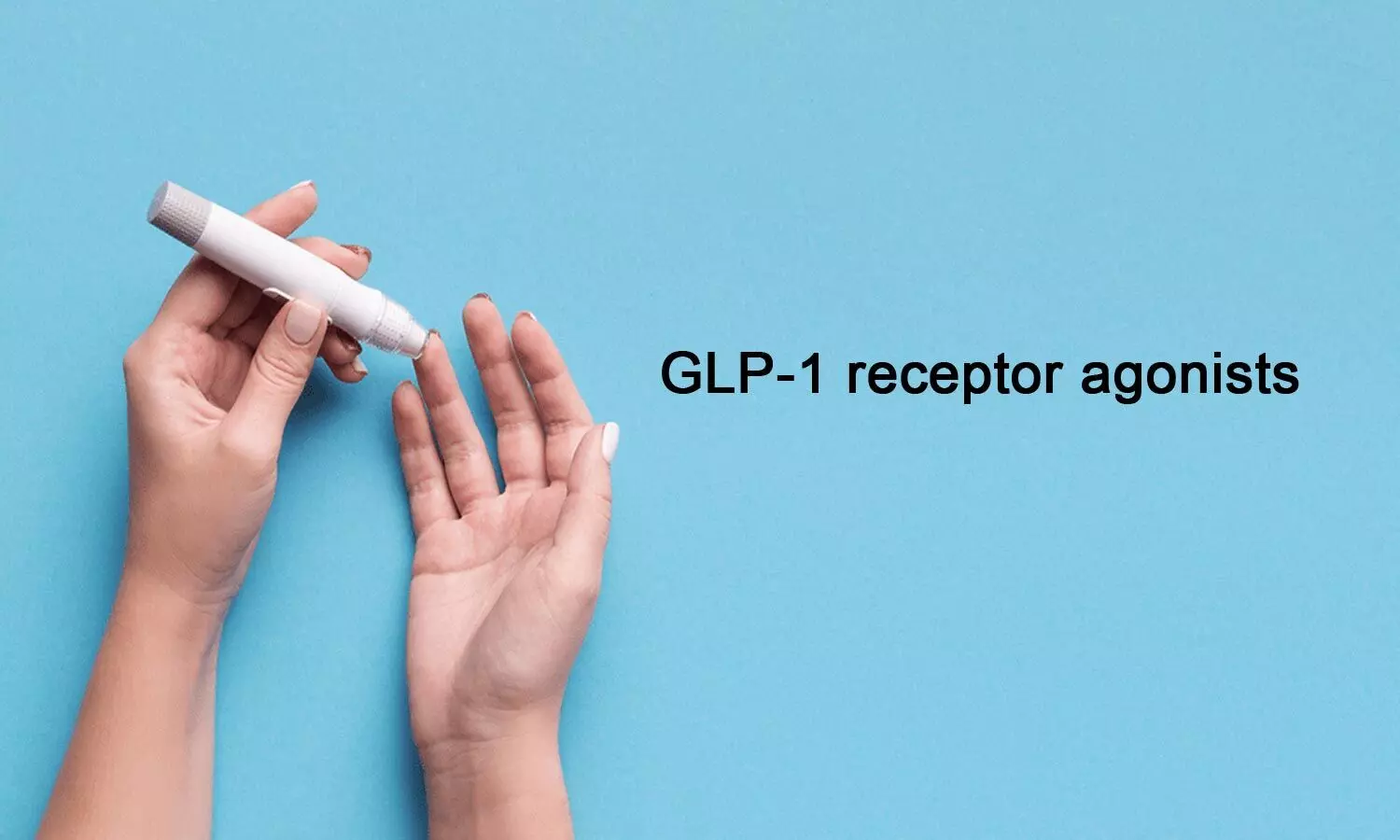
USA: A new study published in JAMA Oncology has revealed that glucagon-like peptide-1 receptor agonists (GLP-1RAs), widely used for type 2 diabetes management and weight loss, may have an impact on cancer risk among adults with obesity.
Powered by WPeMatico
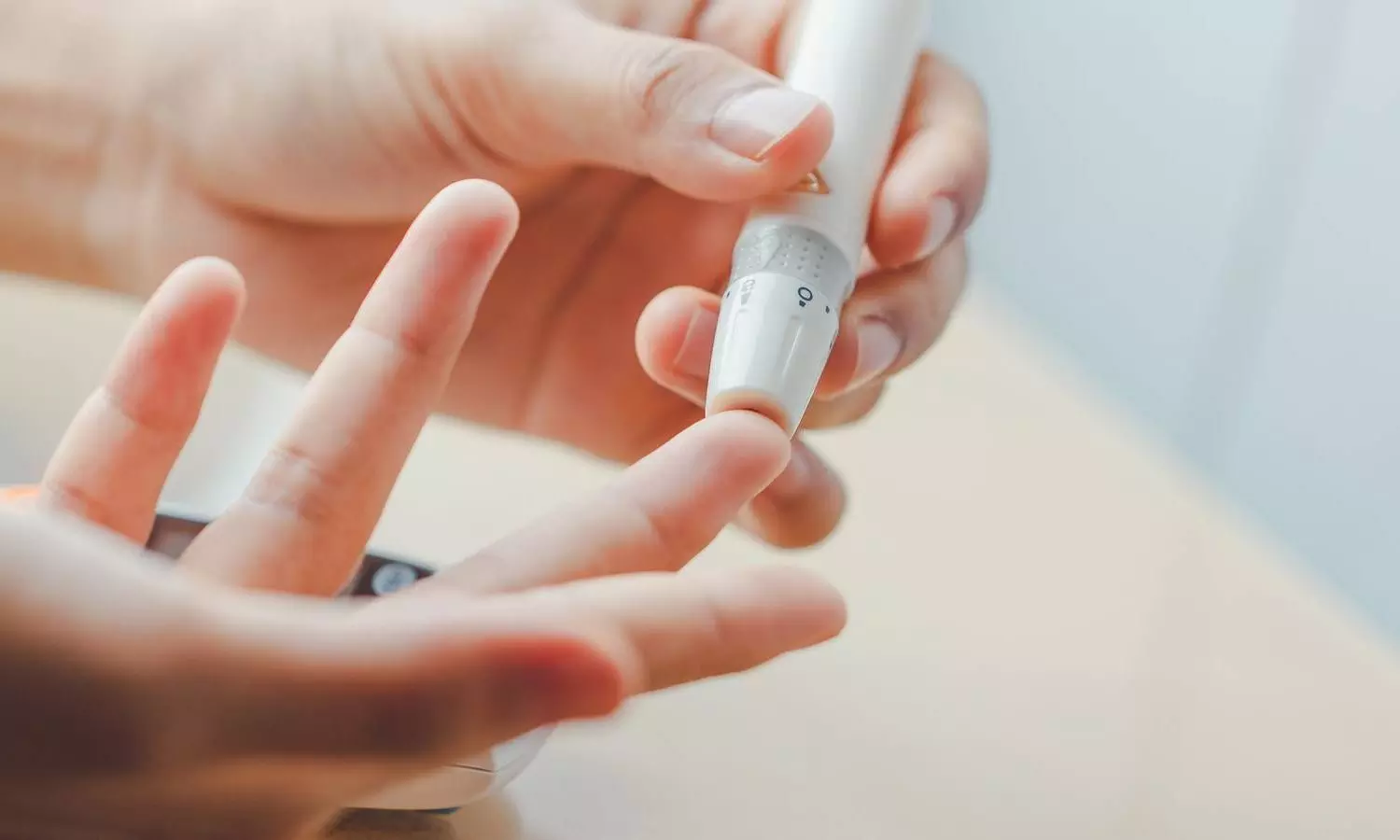
A new study published in the BMC Cardiovascular Diabetology found the importance of a novel metabolic marker, the stress hyperglycemia ratio (SHR), in predicting stroke risk-especially when combined with hypertension.
The study used data from the China Health and Retirement Longitudinal Study (CHARLS), followed 9,682 stroke-free participants aged 45 years and older from 2011 through 2020. This research calculated SHR using 2 indicators, the fasting blood glucose and glycated hemoglobin (HbA1c), to integrate both short-term stress-induced changes and long-term glycemic levels.
The participants were divided into 4 groups based on whether they had high or low SHR and whether they had hypertension. Over a median follow-up of 8.43 years, covering more than 81,000 person-years, the study documented 764 new stroke cases. This translated to an incidence rate of 9.36 strokes per 1,000 person-years.
The individuals with both high SHR and hypertension faced the highest risk of stroke, with a hazard ratio of 2.94 when compared to the individuals with low SHR and no hypertension. Even when considered separately, both SHR and hypertension independently increased the risk of stroke.
The risk escalated progressively from having neither risk factor, to one of the two, and peaked in individuals with both. The subgroup analyses showed that this pattern held true across both men and women, as well as across different age categories.
To test the predictive strength of SHR, the team performed a receiver operating characteristic (ROC) curve analysis. While hypertension alone is a known predictor of stroke, adding SHR significantly improved the ability to discriminate who was at higher risk. The combined model achieved an area under the curve (AUC) of 0.653 which suggested better performance than traditional risk factors alone.
The findings suggest that SHR reflects both acute stress responses and chronic glucose imbalances, making it a more comprehensive indicator of metabolic stress than fasting glucose or HbA1c alone.
Overall, this research suggests that measuring SHR along with blood pressure screening could improve stroke risk assessment tools, particularly in populations already burdened by hypertension. This integrated approach may open the door to earlier interventions and more targeted prevention strategies, ultimately reducing the global stroke burden.
Reference:
He, Y., Cao, Y., Xiang, R., & Wang, F. (2025). Predictive value and robustness of the stress hyperglycemia ratio combined with hypertension for stroke risk: evidence from the CHARLS cohort. Cardiovascular Diabetology, 24(1), 336. https://doi.org/10.1186/s12933-025-02898-z
Powered by WPeMatico
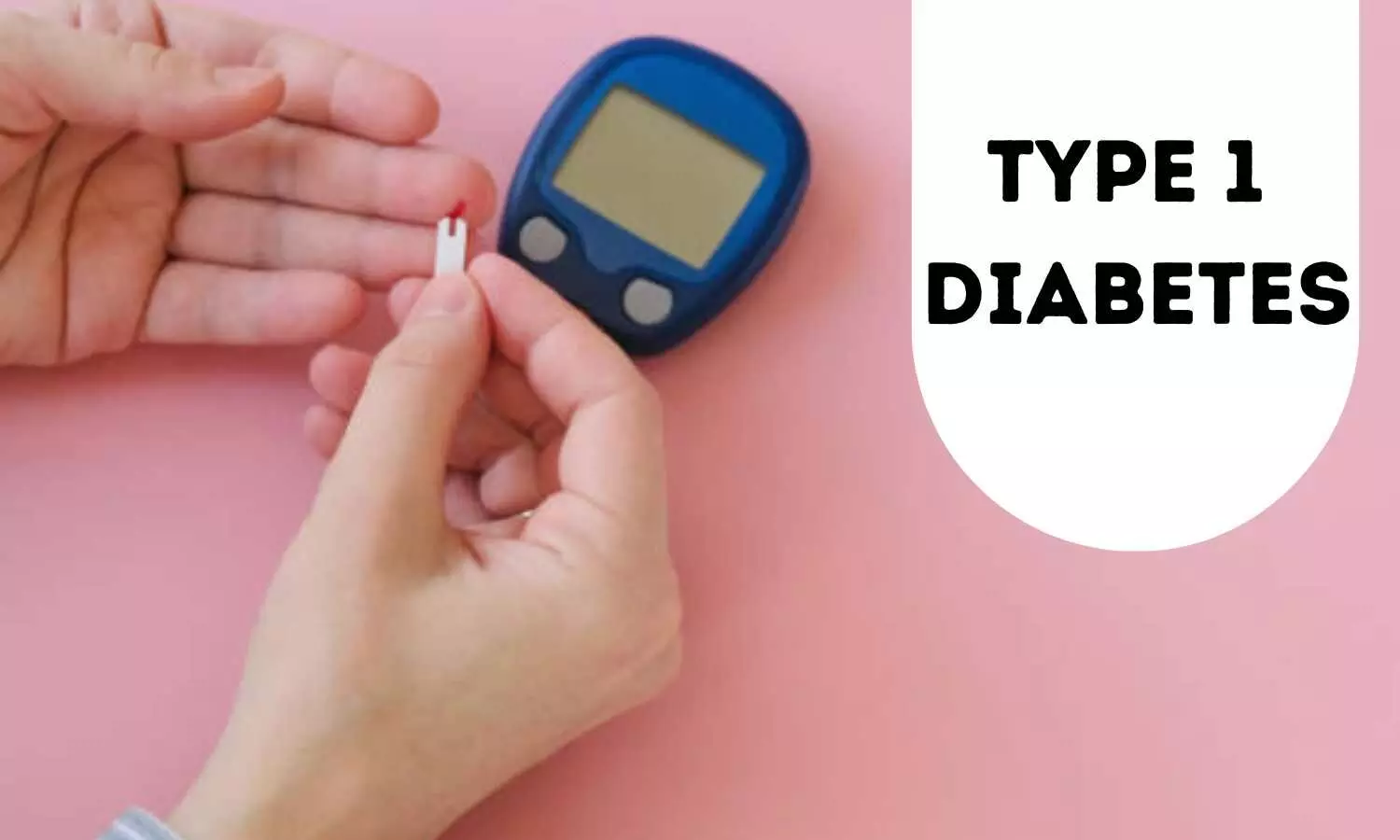
Exercise can dramatically lower blood glucose levels and trigger hypoglycemia in people with type 1 diabetes (T1D), even when insulin doses are adjusted. A new systematic review and meta-analysis, published in Diabetes Care, found that low-dose glucagon effectively reduces the risk of exercise-induced hypoglycemia and time spent below target glucose range (TBR) in this population.
The authors pooled data from 12 randomized and crossover trials involving 248 adolescents and adults with T1D. Low-dose glucagon reduced the risk of hypoglycemic events by about 46%, with a pooled risk ratio of 0.54 (95% CI 0.35–0.84). It also lowered TBR by an average of approximately 3.9 percentage points (95% CI –6.27 to –1.54), indicating a meaningful reduction in time spent with glucose below 3.9 mmol/L. Despite these promising effects, low-dose glucagon was associated with a higher rate of mild adverse events-a pooled risk ratio of 2.75 (95% CI 1.07–7.08)-though most were mild gastrointestinal symptoms or injection-site discomfort.
The authors emphasize that optimizing the dose and timing of glucagon relative to different exercise types and durations requires further investigation to ensure real-world effectiveness and safety.
They also note varying methodologies across included studies, suggesting cautious interpretation and the need for standardized protocols in future work. Clinically, this analysis supports using low-dose glucagon as an adjunctive strategy for preventing exercise-induced hypoglycemia in T1D, especially for active individuals facing daily glucose fluctuations. It can offer an alternative to carbohydrate loading-which may interrupt activity or risk hyperglycemia-while maintaining glycemic stability.
However, patients and clinicians should balance benefits against mild side effects and await more data on dosing strategies.
Powered by WPeMatico
